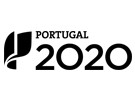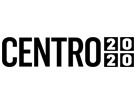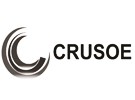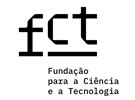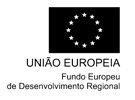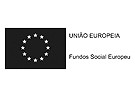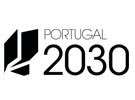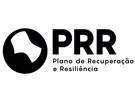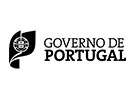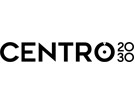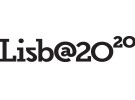



Publication in the Diário da República: Despacho n.º 8644/2020 - 08/09/2020
5 ECTS; 3º Ano, 1º Semestre, 28,0 PL + 28,0 TP , Cód. 911947.
Lecturer
- José Casimiro Nunes Pereira (1)(2)
(1) Docente Responsável
(2) Docente que lecciona
Prerequisites
Not applicable.
Objectives
At the end of the course, students should be able to:
(1) - specify functional and non-functional requirements
(2) - identify and describe of requirements properties
(3) - identify and describe the main techniques to find requirements
(4) - identify and describe the more relevant diagrams of the UML language
(5) - model an Information Systems, using the UML language
(6) - identify the principles and the test activities in software testing
Program
1)- Definition of system requirements
(a)- What is an Information System
(b)- Requirements Analysis
(c)- Functional Requirements vs. Non-Functional Requirements
(d)- Requirements' properties
(e)- Strategies and methods for gathering requirements
(2)- UML (Unified Modeling Language)
(a)- The importance of Modeling
(b)- Introduction and historical perspective of the UML
(c)- The UML language notation
(d)- Study of the various UML Diagrams
(d.1)- Use Cases Diagram
(d.2)- Class Diagram
(d.3)- Activity Diagram
(d.4)- State Diagram
(d.5)- Sequence Diagram
(d.6)- Installation Diagram
(d.7)- Database representation using UML
(3)- Modeling an information system
(a)- Description of an information system using the UML
(b)- Prototype
(4)- Software tests
(a)- Why do we test?
(b)- The 7 Test Principles
(c)- Planning, design, control and test execution
(d)- Testing through the software lifecycle
Evaluation Methodology
- Written Test (40%);
- Practical Coursework (50%);
- Laboratory Coursework (10%).
Minimum grade in each parcel: 7,0 values
Bibliography
- Borges, J. (2015). Modelação de Dados em UML - Uma abordagem por problemas. Portugal: FCA - Editora de Informática, Lda
- Fowler, M. (2007). UML distilled, 3rd Ed. NY: Addison-Wesley
- Ramos, P. e Nunes, M. e O`Neill, H. (2010). Exercícios de UML. (pp. 1-288). Lisboa: FCA / LIDEL
- Sommerville, I. (2015). Software engineering. (Vol. (10th edition)). USA: Pearson Education
- Stevens, P. (2006). Using UML - Software Engineering with Objects and Componentes. England: Addison-Wesley
Teaching Method
Lectures and tutorials.
Software used in class
Visual Paradigm disponível em https://cs.visual-paradigm.com/vpapp/partnerack.jsp?subid=ACS00524882&subhash=1028851960
Visual Paradigm provides Instituto Politecnico de Tomar with UML, BPMN, Project Management and EA tools under the Academic Partner Program
